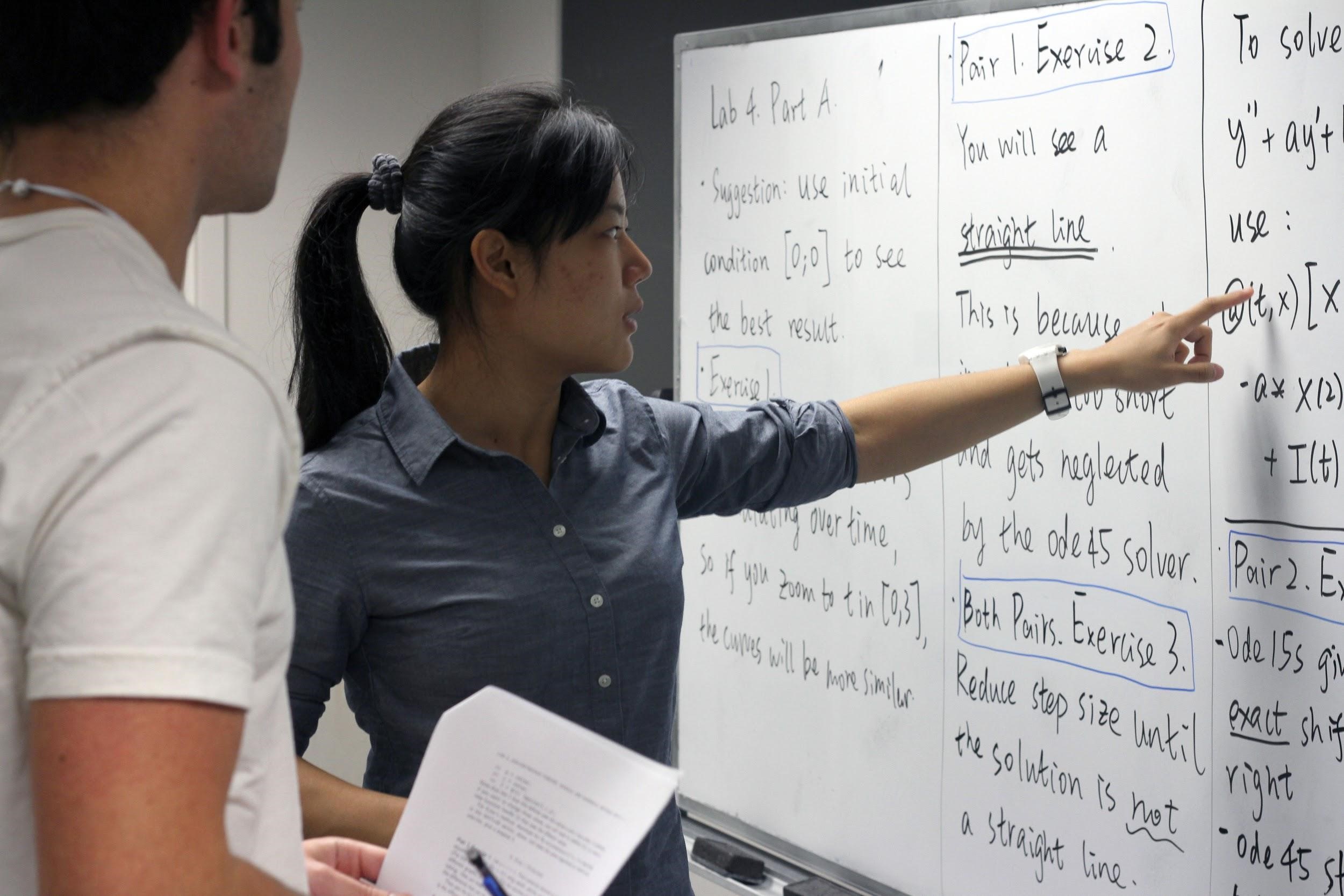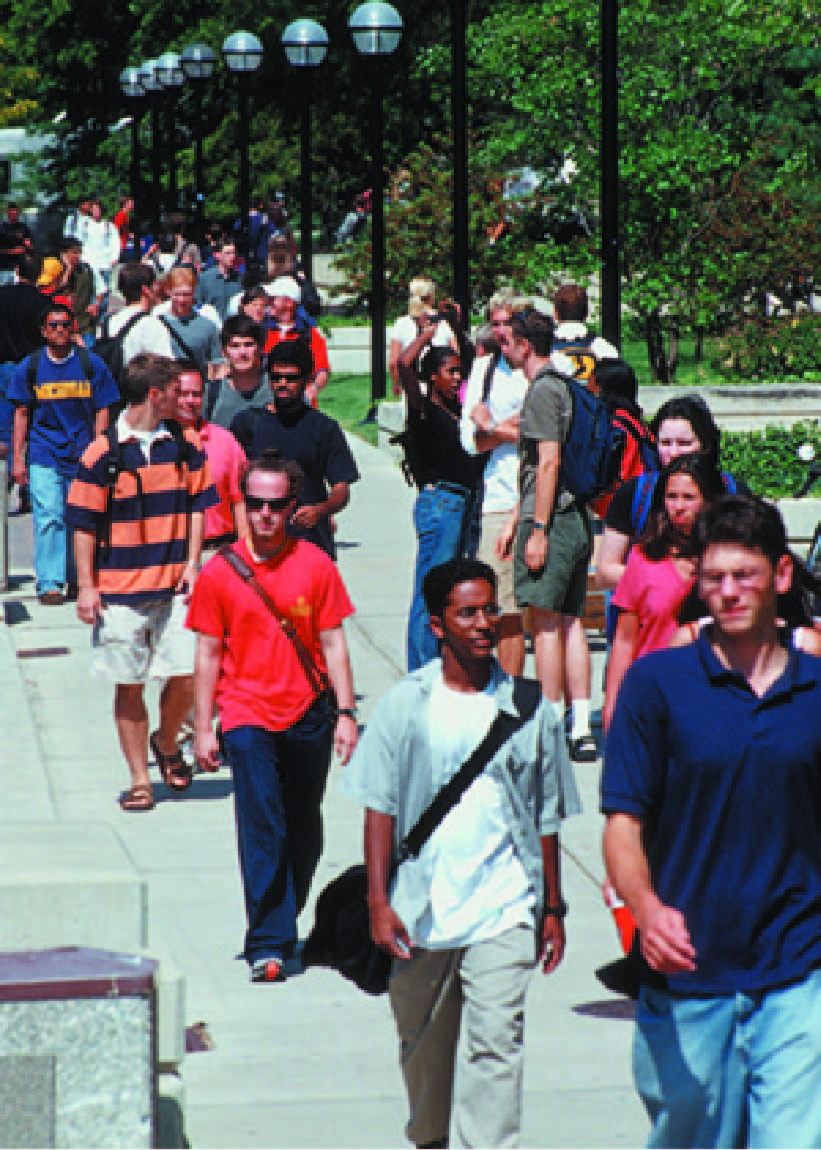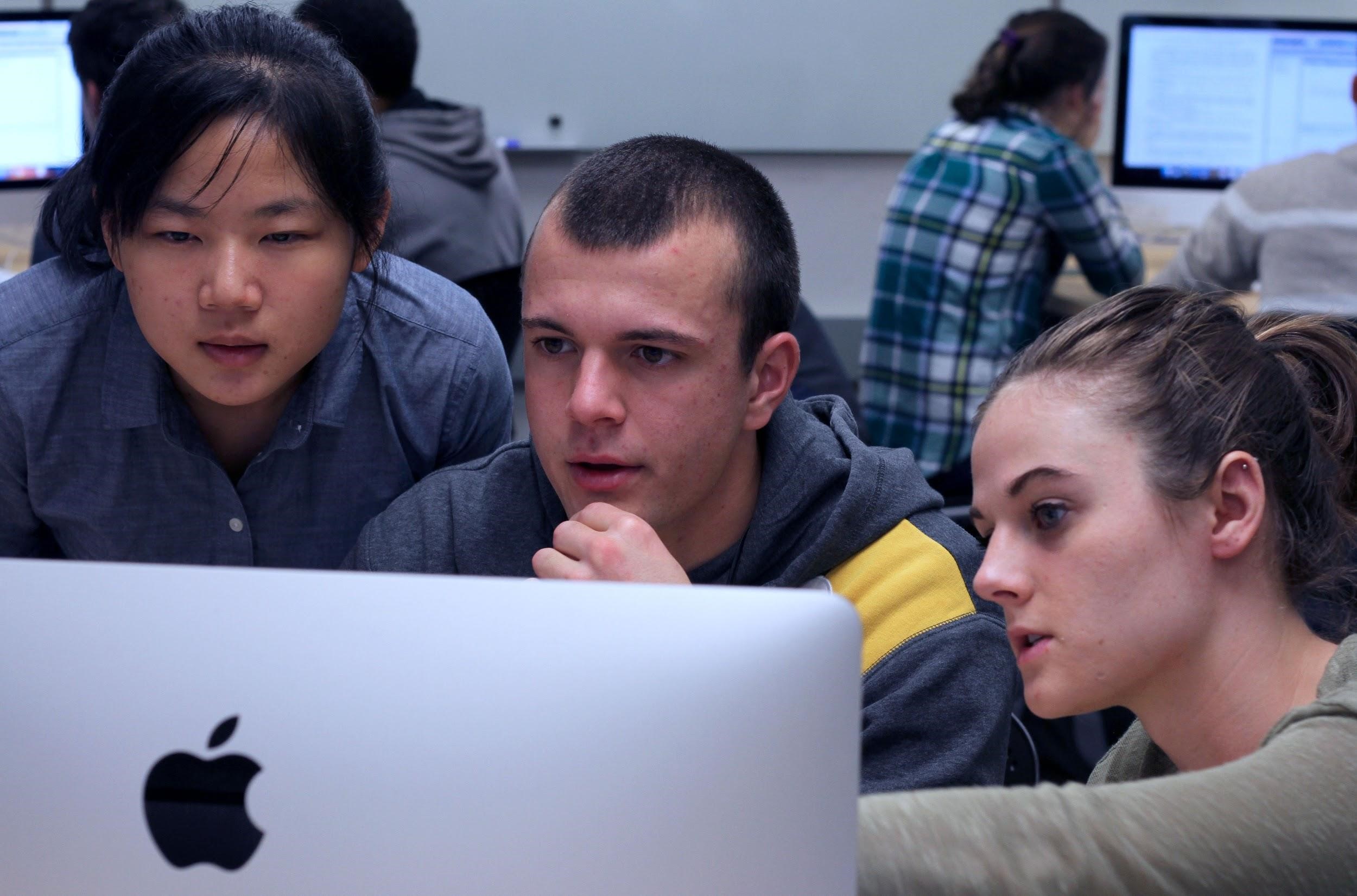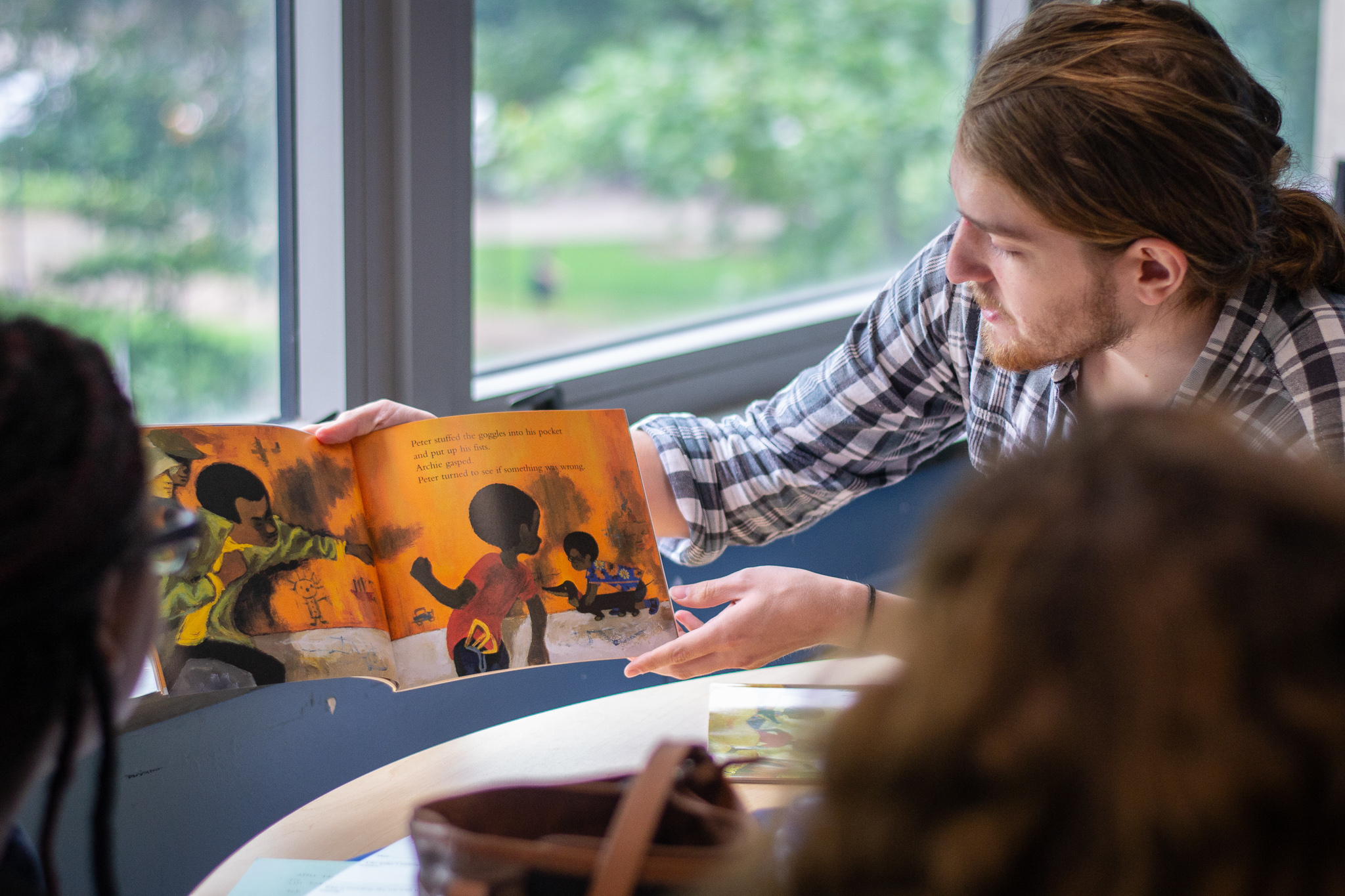Creating useful student evaluation questions
 As we approach the middle of the term, instructors are already asked to think about the student evaluations of teaching that happen at the end of the term. In late October, U-M instructors will be invited to preview evaluation questions and create a few of their own questions if they wish. What principles or goals might guide you in that process?
As we approach the middle of the term, instructors are already asked to think about the student evaluations of teaching that happen at the end of the term. In late October, U-M instructors will be invited to preview evaluation questions and create a few of their own questions if they wish. What principles or goals might guide you in that process?
In this blog post, we review the questions that are used University-wide on end-of-semester evaluations, and we provide guidance on how to make the most of the instructor-created questions. These question-writing principles can also be used to create questions for feedback that you collect at other times of the semester.
The current student evaluation of teaching has 10 required items (rated on a scale of “Strongly Agree” to “Strongly Disagree” for all but one, as noted below). Two of these will no longer be included as standard questions after 2020. These questions are:


 University of Michigan students identify across a full spectrum of gender identities and gender expressions. As instructors, how can we cultivate gender-inclusive teaching and learning environments -- that is, environments that invite the full participation of students of all genders and respond to the harmful impact of gender stereotyping and
University of Michigan students identify across a full spectrum of gender identities and gender expressions. As instructors, how can we cultivate gender-inclusive teaching and learning environments -- that is, environments that invite the full participation of students of all genders and respond to the harmful impact of gender stereotyping and  Whether you're starting a course from scratch or revamping something you've taught many times before, careful planning is key to successful teaching. CRLT offers many resources to support U-M instructors in their course planning as the beginning of the semester draws near.
Whether you're starting a course from scratch or revamping something you've taught many times before, careful planning is key to successful teaching. CRLT offers many resources to support U-M instructors in their course planning as the beginning of the semester draws near.


 At its simplest, transparency means clearly communicating with students about course expectations and norms. As outlined below, such transparency can lead to more equitable learning experiences. That’s why transparency is the focus for this year’s Inclusive Teaching @ Michigan May workshop series. (Registration
At its simplest, transparency means clearly communicating with students about course expectations and norms. As outlined below, such transparency can lead to more equitable learning experiences. That’s why transparency is the focus for this year’s Inclusive Teaching @ Michigan May workshop series. (Registration 
 are feeling threatened and terrorized, grieving deeply, experiencing intense anger, or fighting a sense of despair at a swelling of hatred and violence in our world. These emotions enter our classrooms, studios, and labs, and they can understandably and significantly affect students’ ability to focus on their learning and work with peers in intellectual community.
are feeling threatened and terrorized, grieving deeply, experiencing intense anger, or fighting a sense of despair at a swelling of hatred and violence in our world. These emotions enter our classrooms, studios, and labs, and they can understandably and significantly affect students’ ability to focus on their learning and work with peers in intellectual community. Nikolas Sweet Ph.D Candidate 2019 PFF Program Assistant
Nikolas Sweet Ph.D Candidate 2019 PFF Program Assistant

